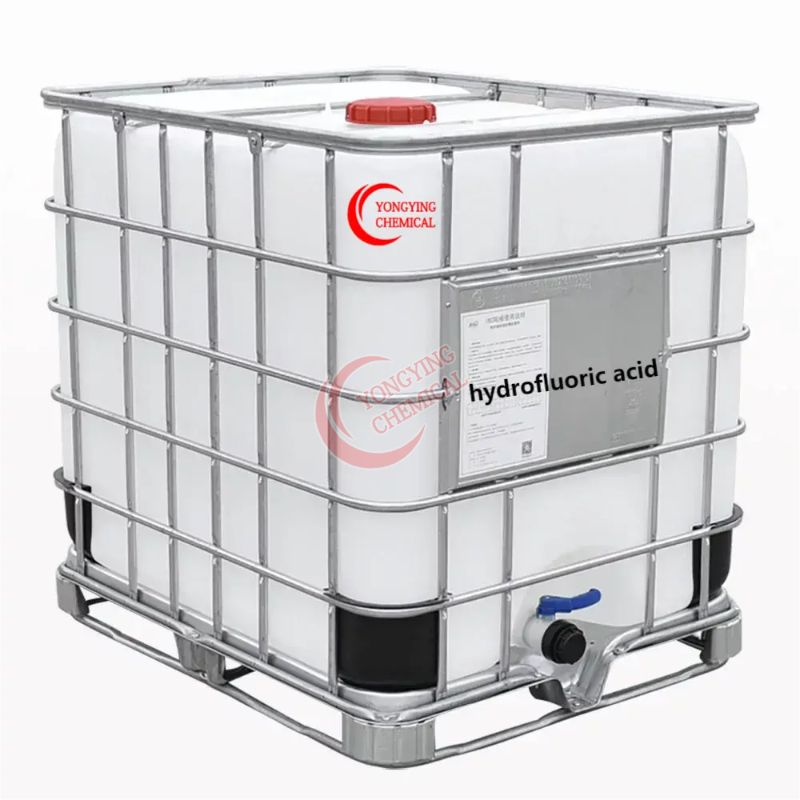10 Questions You Should Know about Bht Food Grade crystals
10 Questions You Should Know about Bht Food Grade crystalsBht Food Grade crystals.
Bht Food Grade crystals are a popular ingredient in the food industry, but many people have questions about its safety, uses, and benefits. In this article, we will answer 10 key questions about Bht Food Grade crystals to provide you with a better understanding of this commonly used food additive.
1. What is Bht Food Grade?
Bht Food Grade, also known as butylated hydroxytoluene, is a synthetic antioxidant commonly used in the food industry to prevent oxidation and extend the shelf life of products. It is a white, crystalline substance that is insoluble in water but soluble in organic solvents.
2. Is Bht Food Grade safe to consume?
Several studies have shown that Bht Food Grade is safe for human consumption when used in small amounts as a food additive. The Food and Drug Administration (FDA) has approved the use of Bht Food Grade in food products, and it is considered Generally Recognized as Safe (GRAS).
3. What are the benefits of Bht Food Grade?
Bht Food Grade helps prevent the spoilage of food products by inhibiting the oxidation of fats and oils, which can lead to rancidity and off flavors. It also helps extend the shelf life of products, which can reduce food waste and improve storage stability.
4. What foods commonly contain Bht Food Grade?
Bht Food Grade is commonly used in a variety of processed foods, including snacks, baked goods, cereals, and fats and oils. It can also be found in packaging materials to prevent the oxidation of food products.
5. Are there any potential health risks associated with Bht Food Grade?
While Bht Food Grade is considered safe for consumption, some studies have raised concerns about potential health risks associated with long-term exposure to high doses of the additive. These risks include liver and kidney damage, as well as potential carcinogenic effects.
Additional reading:RDP Chemical Solutions vs Traditional Methods: Key Differences Revealed
Re-dispersible Polymer Powder vs. Traditional Adhesives for ETICS/EIFS
10 Questions You Should Know about Nitrile Latex for Medical Gloves
The Benefits of Using Natural Sweeteners in Baking
Why Should We Rethink SBR Powder Standards?
How Magnesium Sulfate Enhances BB Cream Benefits?
Is Magnesium Hydroxide the Key to Easing Digestive Discomfort?
6. How can I minimize my exposure to Bht Food Grade?
To minimize your exposure to Bht Food Grade, you can opt for fresh, whole foods instead of processed foods that contain the additive. Reading ingredient labels and choosing products with natural antioxidants can also help reduce your intake of Bht Food Grade.
7. Can Bht Food Grade cause allergic reactions?
While allergic reactions to Bht Food Grade are rare, some individuals may be sensitive to the additive and experience symptoms such as skin irritation, hives, and respiratory issues. If you suspect you have an allergy to Bht Food Grade, consult with a healthcare professional.
8. Are there any alternative antioxidants to Bht Food Grade?
There are several natural antioxidants that can be used as alternatives to Bht Food Grade in food products, including vitamin E, rosemary extract, and green tea extract. These antioxidants offer similar benefits to Bht Food Grade without the potential health risks.
9. How is Bht Food Grade regulated in the food industry?
Bht Food Grade is regulated by the FDA, which sets guidelines for its safe use in food products. The FDA regularly monitors the safety of Bht Food Grade and other food additives to ensure they meet safety standards and do not pose a risk to human health.
10. What is the future of Bht Food Grade in the food industry?
As consumer demand for natural and clean label products continues to grow, the food industry may see a shift towards using more natural antioxidants in place of synthetic additives like Bht Food Grade. Manufacturers are exploring alternative ingredients and methods to preserve food products without compromising safety or quality.
In conclusion, Bht Food Grade crystals are a commonly used food additive that helps prevent oxidation and extend the shelf life of products. While it is considered safe for consumption, there are potential health risks associated with long-term exposure to high doses of the additive. By being aware of the uses, benefits, and potential risks of Bht Food Grade, consumers can make informed choices about the foods they consume and minimize their exposure to synthetic additives. As the food industry evolves, there may be more opportunities to explore natural alternatives to Bht Food Grade and other synthetic antioxidants for a healthier and more sustainable food supply.
If you are looking for more details, kindly visit butylated hydroxytoluene in food, difference between erythritol and xylitol.
Additional reading:How Does Uracil Improve Your Research Outcomes Effectively?
How Chemical Intermediates Are Essential in Manufacturing?
What are the key applications of 99% purity CAS 5337-93-9?
Unlocking 148553 50 8: Your Guide to Its Secrets & Uses
Top Benefits of Targeted Cryotherapy Machine in 2024
Unlocking CAS 49851-31-2: Benefits, Uses, and Quality Guide
Exploring the Benefits of a Sensory Chamber for Relaxation and Therapy





Comments
0